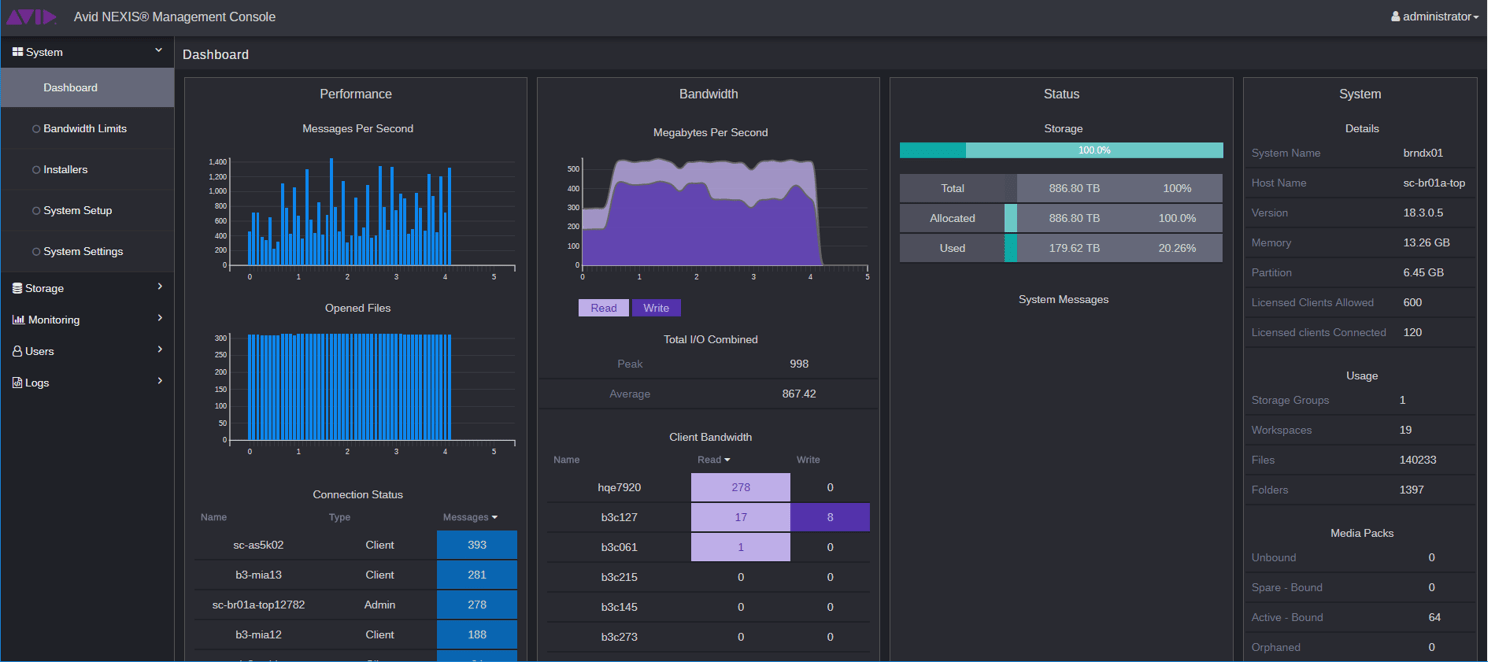
According to Thompson, this enables them to take advantage of the scalability, collaboration and accessibility that MediaCentral running in a hybrid, public or private cloud affords. MediaCentral users can add modules-such as MediaCentral l Newsroom Management and MediaCentral l Asset Management-to the base platform to tailor it to their workflow. “The cloud is also essential to aggregating and leveraging user-generated content in a way that makes newscasts more relevant, engaging and personalized for viewers,” Thompson said. This includes browser-based search and access to a deep, indexed library of content, locally and across the group, while extending newsroom resources and workflows to field reporters.

With the explosion of content inundating today’s newsrooms, “News organizations need scalable, flexible, enterprise-class solutions that help them efficiently gather and manage it, as well as distribute it wherever it needs to go,” said Ray Thompson, director of broadcast and media solutions market for Avid.īy delivering Microsoft Azure cloud-certified and cloud-native newsroom solutions and IP-workflows, Thompson said that Avid is enabling newsrooms to move quickly and handle a broader range of IP content and tasks.
#Mediacentral ux not configured android
“This capability is especially important because the first images of hurricanes, accidents, terror incidents and other unexpected events are likely to be shot by people that happen to be there with cell phones, well before the news crews arrive,” Francis added.Īvid MediaCentral Cloud UX provides access to projects, tasks, media and more across MediaCentral through a simple user-friendly graphical interface, available as a web client and as mobile apps for iOS and Android devices. SAM VIBE “makes it easier for broadcasters to publish their branded content optimized for mobile consumption,” he said. This often requires mixing standard video with non-standard video formats in their native orientation and aspect ratio into the final product. This is because the consumer will look elsewhere for another news supplier that does provide the news they want on their preferred platforms.” SAM VIBE uses MOS control to interface with most newsroom systems, he said.Īccording to Francis, today’s new consumers view news from dozens, if not hundreds of online sites, smartphones, tablets, TVs, laptops and other mobile devices. If a broadcast news organization is not actively publishing its branded content to leading social media and web platforms, Francis said, “They could be dead in a matter of months. And since SAM VIBE freely mixes content from any source and technical standard, he adds, “This gives newsrooms the ability to respond more rapidly to breaking news, while maintaining a competitive presence on social media and other non-TV platforms.” “Newsrooms gain spontaneous scaling of systems relative to productivity demands when they deploy the SAM VIBE news and sports production system in a virtualized, public or private cloud configuration,” he said. Trevor Francis, director of production systems for U.K.-based SAM also believes that the cloud holds the key to unlocking today’s newsroom potential. We’re confident that we’ve solved that, and other cloud challenges, and we’re forging ahead with what we’re calling our ‘Newsroom of the Future’ roadmap.” We’ve spent the past four years refining our security features and testing our platform’s resilience to hackers and other unauthorized access. “We at Dalet believe that newsrooms will inevitably migrate to the cloud because of its many operational benefits,” Cospen said.

This incremental approach means that Dalet Galaxy can be configured on premises, in the Amazon Web Services (AWS) public cloud or a hybrid of both. The company expects to move users of its Dalet Galaxy-powered unified news operations solution into the cloud step-by-step, starting with such “bread and butter” tasks as ingest, storage and disaster recovery. We also need to teach machines what we want them to do, such as identifying specific individuals, voices, locations, foreign languages and other aspects of media in large databases.” To do this on premises would require a massive server farm to perform AI and cognitive processes on huge datasets.

“But this intensive processing requires accelerated, scalable computer power that is best found in the cloud.

“Futuristic capabilities, such as AI and cognitive services, have the potential to really enrich the news product and further streamline the news production process,” said Raoul Cospen, business development manager for Dalet Digital Media Systems.


 0 kommentar(er)
0 kommentar(er)
